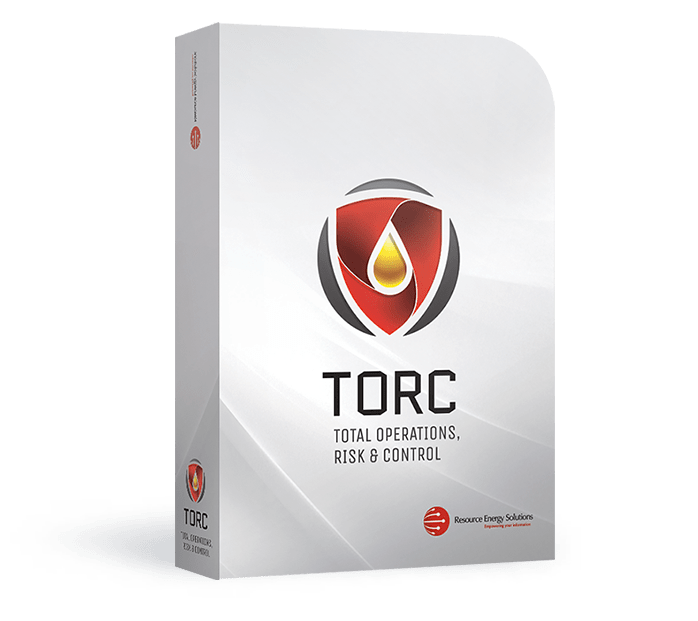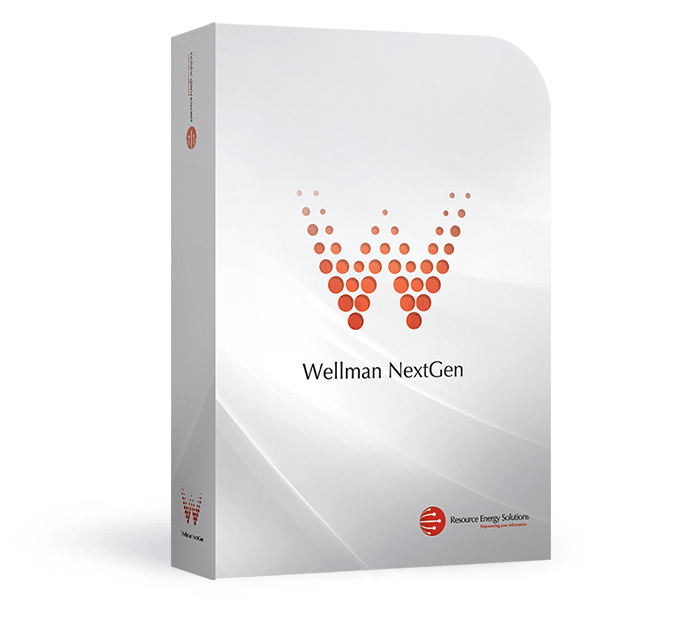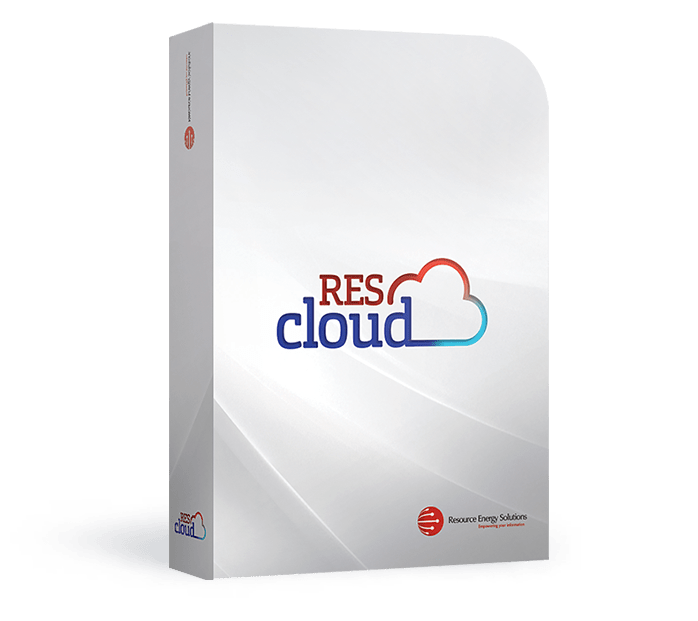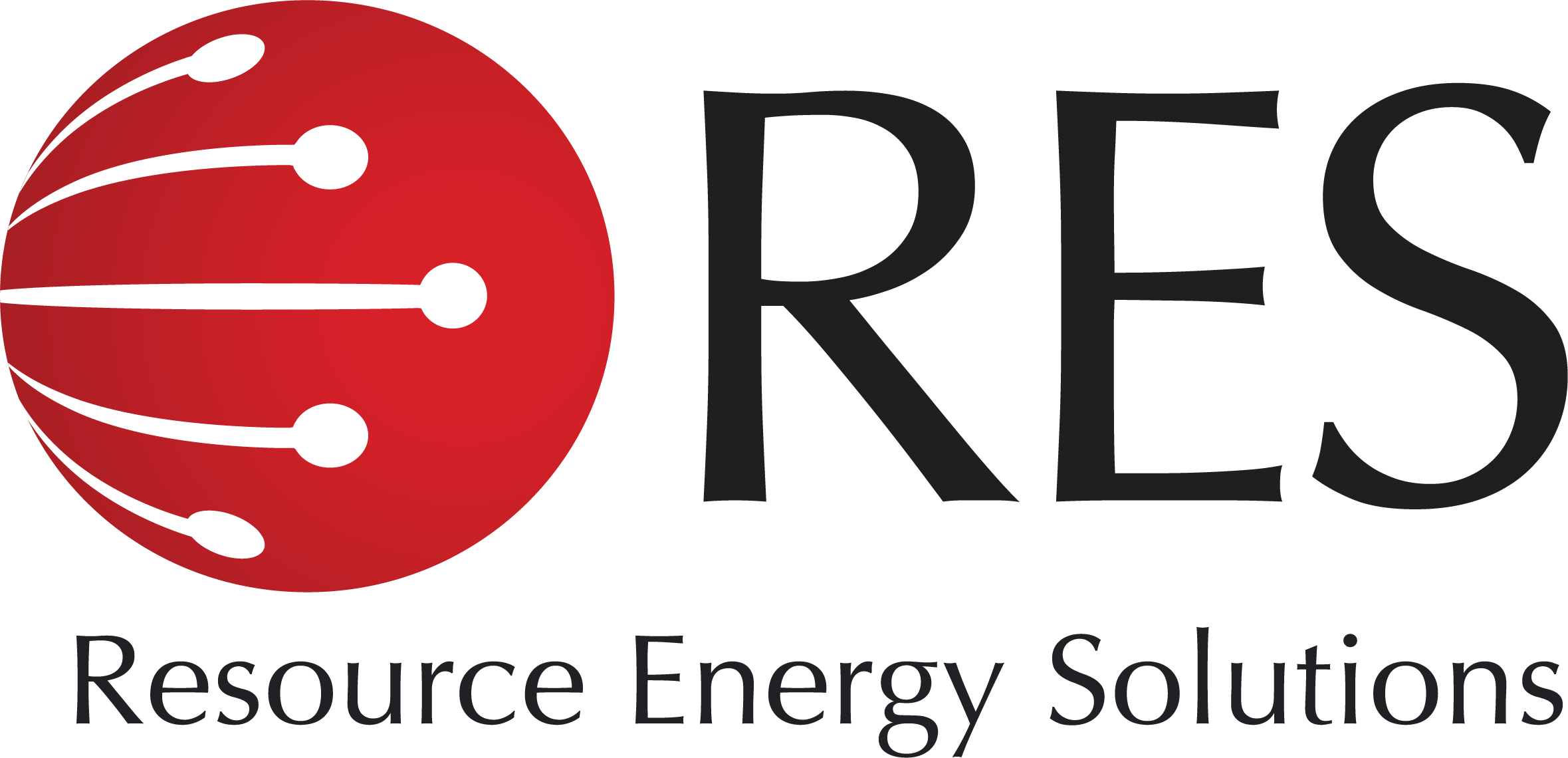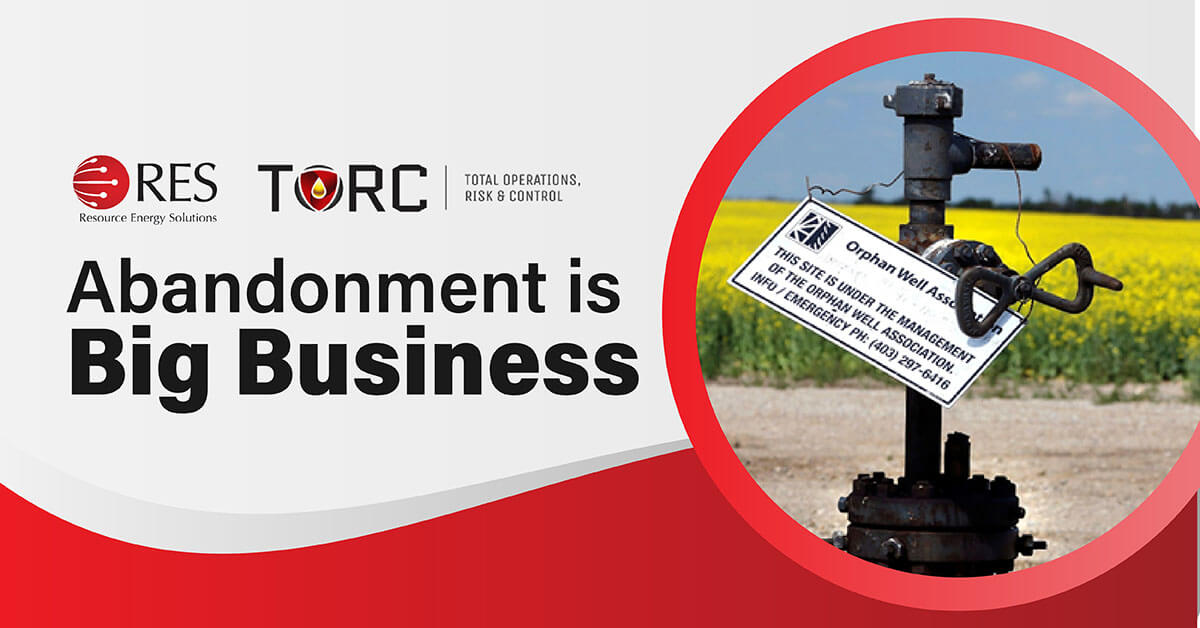Recent announcements, including the Alberta Site Rehabilitation Incentive Program, have generated significant opportunities to create positive impacts on the environment and the economy. Funding from the program, part of the federal government’s COVID-19 Economic Response Plan to put out of work oil field services contractors back to work, has made abandonment work big business in Alberta.
As part of the federal government funding, Indigenous communities secured $100M to clean up oil and gas wells. In Alberta, $85 million has been earmarked for this work. With the announcement made at the end of 2020, Stephen Buffalo, President and CEO of the Indian Resource Council, noted that First Nations just want their fair share of the well cleanup funding. Recently Mr. Buffalo told RES, “We are the stewards of the land, who better than our people to conduct the abandonment work on our lands?”
In the province, abandonment work has been ongoing for decades. Established in the 1990s, the Orphan Well Association (OWA) manages the closure of orphaned oil and gas wells, pipelines, and facilities, and the reclamation of associated sites, across Alberta. Every year, the Alberta Energy Regulator issues an orphan levy to energy companies operating in Alberta, in accordance with the Oil and Gas Conservation Act, and transfers the funds to the OWA operating budget.
The levy is used to pay for project closure costs, including suspension, abandonment, remediation and reclamation, if an energy company cannot meet its obligations to safely and responsible close its energy project. These funds help prevent closure costs from being borne by Albertans.[1]
The challenge for those working in the abandonment space is that a lack of digital data and systems has made it time consuming and tedious to generate downhole work programs. In addition, staying on top of well files and maintaining consistent processes has become increasingly difficult as companies try to do more with less. Frequently, knowledge and information fall through the cracks, leading to increased non-productive time in the office and field, and reduced margins. However, productivity is not an operator’s only concern.
Left unchecked, inefficiencies will ultimately lead to regulatory non-compliance issues. The cost of non-compliance can include fines settlements, business disruption, productivity loss, and revenue loss. What’s more, it’s getting more expensive every year. A recent FMP Global article outlines the true cost of non-compliance for business. In 2018, the average cost for organizations that experienced non-compliance issues was around $14.82 million, a 45% increase from 2011. While it’s easy to attribute this increase to high–profile fines, the real cost of non-compliance is much more serious.[2]
Business disruption and reputational damage are arguably as damaging, if not more, than fines or lawsuits.
Information and communication technology downtime costs organizations billions of dollars each year, due to lost employee productivity. The smooth flow of data, through integration, access and dissemination, is critical to the health of an organization.
[1] https://www.aer.ca/regulating-development/project-closure/liability-management-programs-and-processes/orphan-well-association
[2] https://fmpglobal.com/blog/the-cost-of-non-compliance/
As Warren Buffet famously said, “It takes 20 years to build a reputation and five minutes to ruin it. If you think about that, you’ll do things differently.”
RES offers the opportunity to do things differently – better – with its automated well abandonment programming solution, Total Operations, Risk & Control (TORC). The platform generates a draft program outline, creates relevant tasks and workflow processes and automates regulatory compliance submissions. TORC increases efficiency with built-in regulatory guidance and best practices and identifies deadlines, producing schedules and structuring information for data driven decisions. TORC helps optimize project planning and execution.
About Resource Energy Solutions
RES provides full well life-cycle project, cost and data management solutions for the energy sector. RES software enables users to increase profits and efficiency by monitoring costs and activities in real-time. The suite offers an enterprise risk management platform that provides the highest level of well integrity by proactively managing all well operations and well related regulatory compliance, environmental management, and risk assessment and mitigation activities in real-time.
Book your complimentary demo
